USST_Arts_114070001 水源热泵热水器的实验研究
摘要面对日益严峻的能源短缺和环境恶化形势,开发利用新能源,提高能源利用率成为解决能源环境问题的重要手段。水源热泵技术因其节能环保、高效可靠的特点,而具有较为广阔的发展前景。将热泵技术与低温余热回收相结合,可有效提高能源利用效率,具有巨大的环境效益和经济效益。虽然该技术在国内已有一些应用,但对系统仍缺乏全面透彻的了解,其推广应用中仍存在较多的亟待解决的问题。为此,本文通过搭建水源热泵实验台,对系统的运行特性进行了实验研究,本文的主要工作如下:首先研究不同低温热源流量和温度对水源热泵系统运行特性的影响,实验结果表明:a)在低温热源温度保持一定的情况下,随着低温热源流量的增大,压缩机功率不断增加,且...
相关推荐
-
我国基层财政困难的制度成因分析与对策研究VIP免费
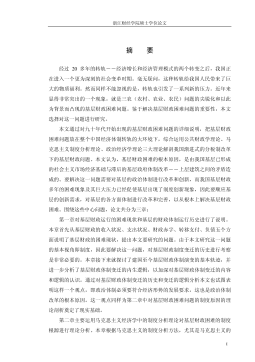
 2024-09-20 25
2024-09-20 25 -
我国煤电产业链纵向交易合约机制研究VIP免费
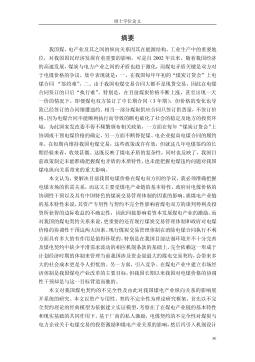
 2024-09-20 23
2024-09-20 23 -
生产要素视角下的上海市产业结构优化研究VIP免费
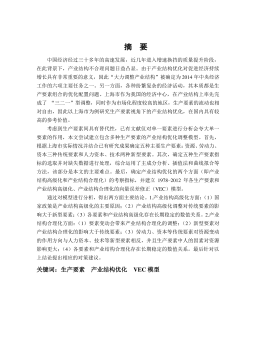
 2025-01-09 6
2025-01-09 6 -
我国银行业结构与经济结构关系研究VIP免费
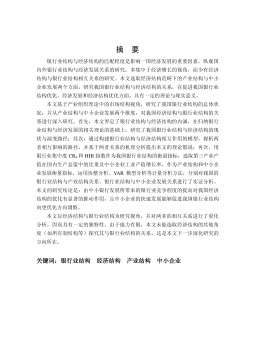
 2025-01-09 7
2025-01-09 7 -
大数据视角下农业供应链金融研究VIP免费
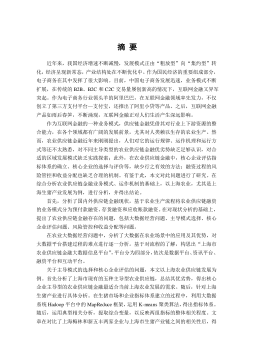
 2025-01-09 6
2025-01-09 6 -
跨国大型综合超市的规划研究VIP免费
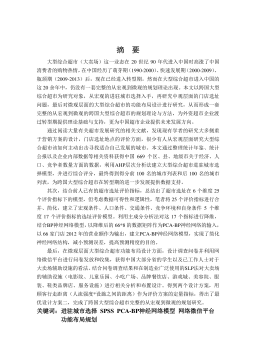
 2025-01-09 6
2025-01-09 6 -
跨境电商农产品质量安全问题研究VIP免费
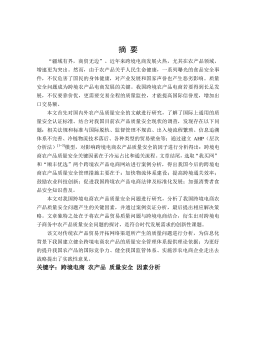
 2025-01-09 6
2025-01-09 6 -
世界市场的虚拟化与我国国际电子商务发展方向研究VIP免费
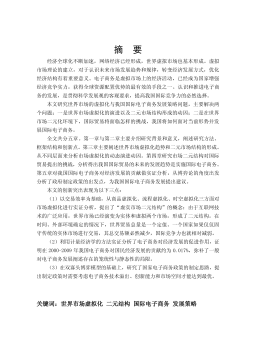
 2025-01-09 6
2025-01-09 6 -
中国政府对电力行业的价格规制问题研究VIP免费
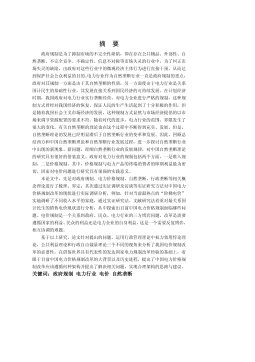
 2025-01-09 6
2025-01-09 6 -
中小企业信息化系统集成技术研究VIP免费

 2025-01-09 11
2025-01-09 11
相关内容
-

跨国大型综合超市的规划研究
分类:高等教育资料
时间:2025-01-09
标签:无
格式:PDF
价格:15 积分
-

跨境电商农产品质量安全问题研究
分类:高等教育资料
时间:2025-01-09
标签:无
格式:PDF
价格:15 积分
-

世界市场的虚拟化与我国国际电子商务发展方向研究
分类:高等教育资料
时间:2025-01-09
标签:无
格式:PDF
价格:15 积分
-

中国政府对电力行业的价格规制问题研究
分类:高等教育资料
时间:2025-01-09
标签:无
格式:PDF
价格:15 积分
-

中小企业信息化系统集成技术研究
分类:高等教育资料
时间:2025-01-09
标签:无
格式:PDF
价格:15 积分






